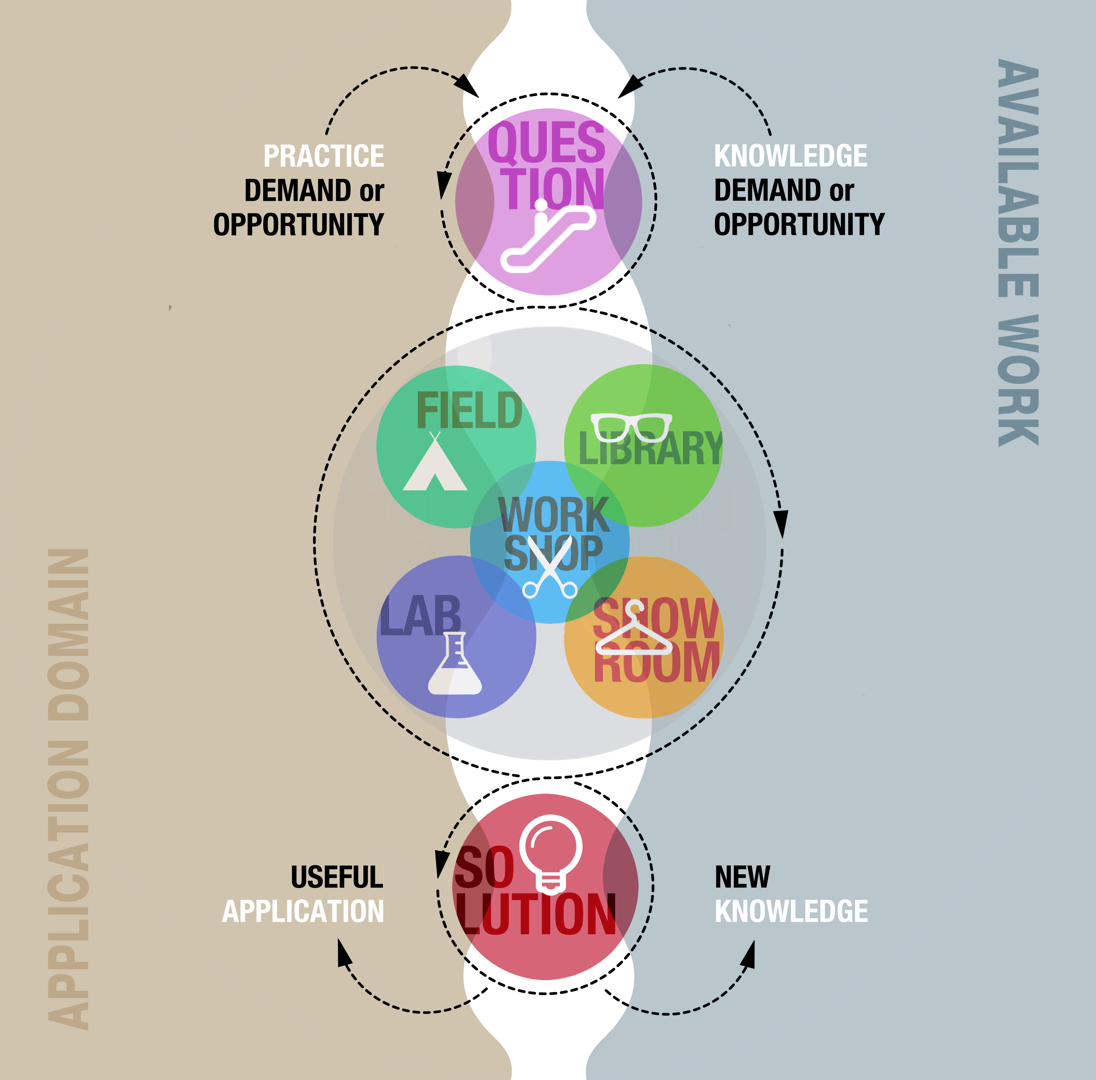Het arrangement 1.1.4 Citing sources (and preventing plagiarism) (EN) is gemaakt met Wikiwijs van Kennisnet. Wikiwijs is hét onderwijsplatform waar je leermiddelen zoekt, maakt en deelt.
- Auteur
- Laatst gewijzigd
- 18-09-2020 03:45:31
- Licentie
-
Dit lesmateriaal is gepubliceerd onder de Creative Commons Naamsvermelding 4.0 Internationale licentie. Dit houdt in dat je onder de voorwaarde van naamsvermelding vrij bent om:
- het werk te delen - te kopiëren, te verspreiden en door te geven via elk medium of bestandsformaat
- het werk te bewerken - te remixen, te veranderen en afgeleide werken te maken
- voor alle doeleinden, inclusief commerciële doeleinden.
Meer informatie over de CC Naamsvermelding 4.0 Internationale licentie.
Aanvullende informatie over dit lesmateriaal
Van dit lesmateriaal is de volgende aanvullende informatie beschikbaar:
- Toelichting
- You use information throughout your project to arrive at a good end result, but how do you refer correctly to the information sources you have used? How do you prevent plagiarism? In this building block we explain what plagiarism is and how you can prevent it by citing and referring to sources in a consistent way. This is an HBO-ICT building block for Research in Education.
- Leerniveau
- HBO - Bachelor;
- Eindgebruiker
- leerling/student
- Moeilijkheidsgraad
- makkelijk
- Studiebelasting
- 2 uur 0 minuten
- Trefwoorden
- apa, available work, bronverwijzing, building block, hbo ict oio, information literacy, library, plagiarism, research, showroom
Gebruikte Wikiwijs Arrangementen
hbo-ict open-oio. (2018).
Citing sources (and preventing plagiarism)
https://maken.wikiwijs.nl/135182/Citing_sources__and_preventing_plagiarism_



